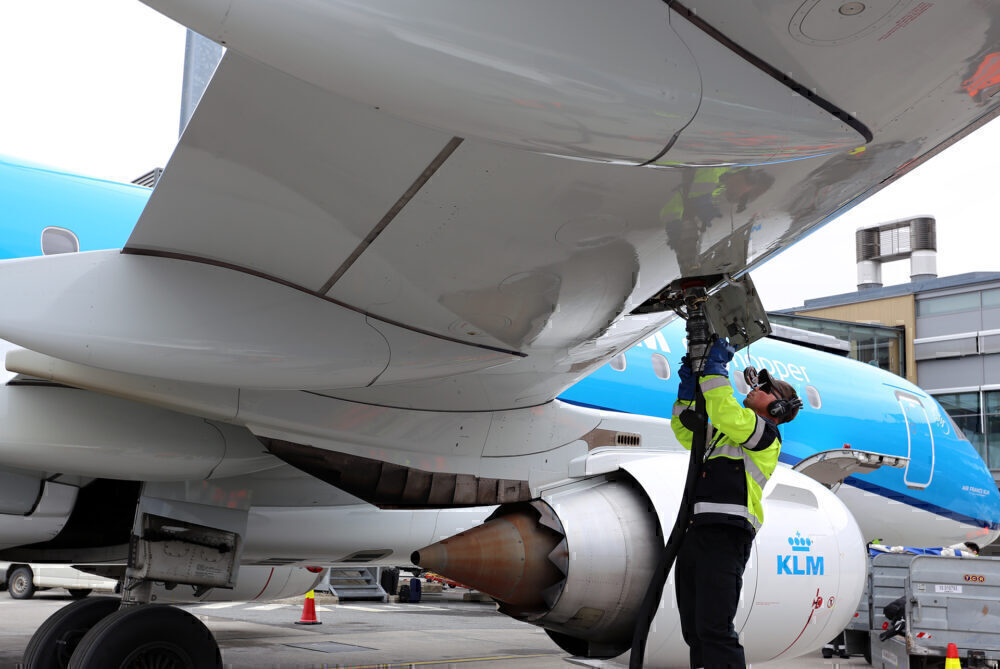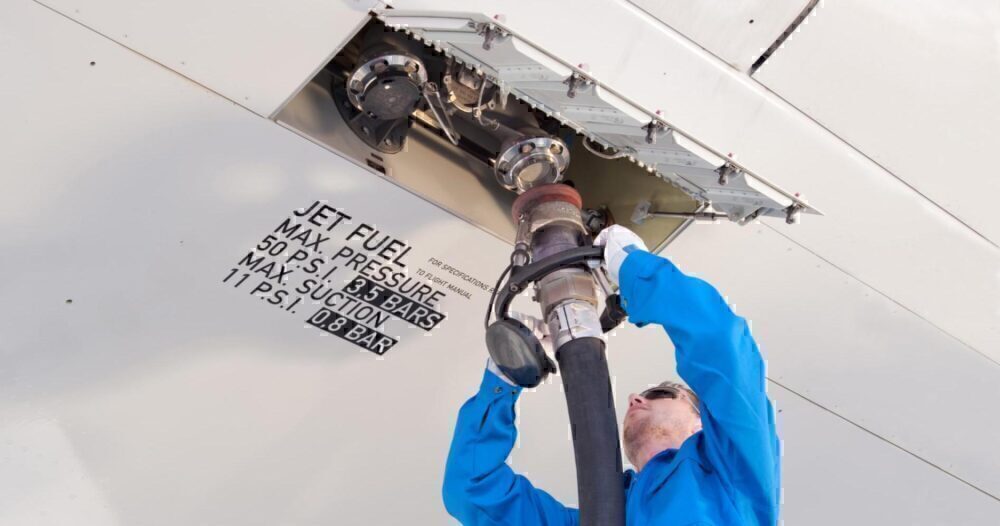Most of us take for granted the fact that airplanes just fly when we get on them. We often completely overlook the technicalities involved in achieving flight. And one of the key areas that few of us consider is the amount of fuel that is used by jet aircraft.

Amazing numbers
When you start to examine the numbers associated with this issue, they start to get pretty big, pretty quick. In fact, a jet aircraft uses a phenomenal, almost incomprehensible, amount of fuel. For example, a Boeing 747 burns up to one gallon of fuel every second. Yes, every second! That means that during a five-hour flight, a Boeing 747 will burn 18,000 gallons of fuel.
Compare that to the average motor vehicle. The average level of consumption for a new car is approximately 55 miles to the gallon, which means that in order to burn 18,000 gallons of fuel, which would be used in a single flight between New York and Europe, a car would have to travel almost exactly a million miles.
Stay informed: Sign up for our daily and weekly aviation news digests.
Logistical challenge
So we can see straight away from these figures that fuelling jet airplanes is a serious logistical challenge. But the comparison is not as simple as it might seem initially. Every airliner is carrying considerably more people than the average car; in the case of the Boeing 747, it’s 568 in total. But even if the flight isn’t fully occupied, and only around 500 seats are sold, it becomes clear that air travel isn’t as uneconomical as it first appears.
When this is taken into consideration, a Boeing 747 is, in fact, burning only 0.01 gallons per person onboard for every mile that it travels. This means that the aircraft is actually achieving 100 miles to the gallon for every passenger. That means the jetliner is ultimately nearly twice as fuel-efficient as a car carrying one person. Of course, the figures change as more people travel in a car, which is why carpooling and other ecologically friendly forms of commuting are often advocated.

Strict guidelines
When it comes to fuelling aircraft, there are strict guidelines in place because of the vast amounts involved. Airlines have to comply with regulatory procedures, which are broadly similar across the world. But under FAA and EASA regulations, the Captain of an aircraft is responsible for ensuring that it has enough fuel before taking off.
This fuel store comprises:
- Trip fuel
- Diversion fuel
- Reserve fuel
- Contingency fuel
- Taxi fuel
- Additional fuel

There are strict stipulations in place for each of these; for example, contingency fuel is required to be at least 5% on top of the total fuel required for the trip.
Most aircraft have vast reserves for storing fuel, with the 747 capable of carrying over 52,000 gallons. Fuel costs for carriers can be pretty staggering, with one flight from London to New York costing around $25,000 in fuel. However, when averaged across the presumed 500 passengers, this only works out at $50 per person – hence the fact that air travel is affordable.
"fuel" - Google News
May 10, 2021 at 07:01AM
https://ift.tt/3hfP3tA
How Much Fuel Does A Jet Aircraft Use During A Typical Flight? - Simple Flying
"fuel" - Google News
https://ift.tt/2WjmVcZ
Bagikan Berita Ini















0 Response to "How Much Fuel Does A Jet Aircraft Use During A Typical Flight? - Simple Flying"
Post a Comment